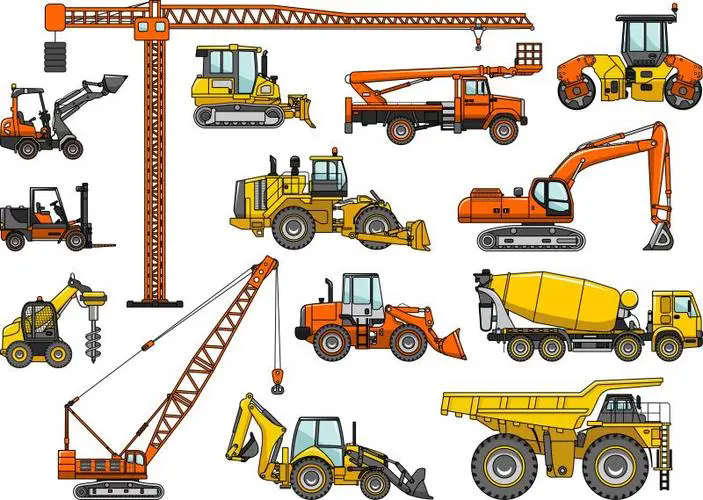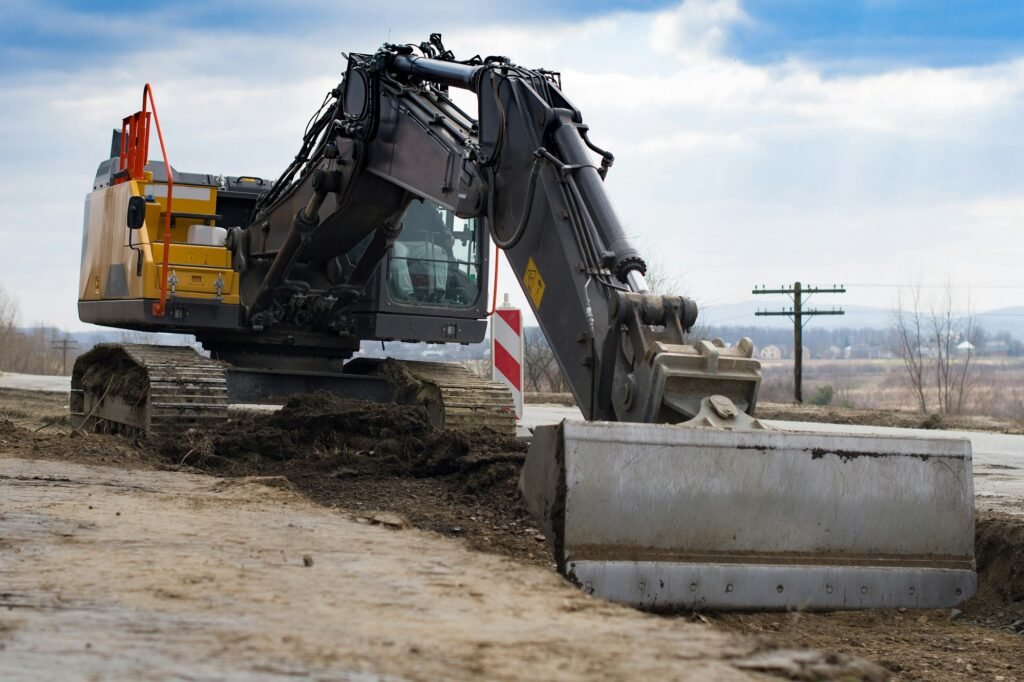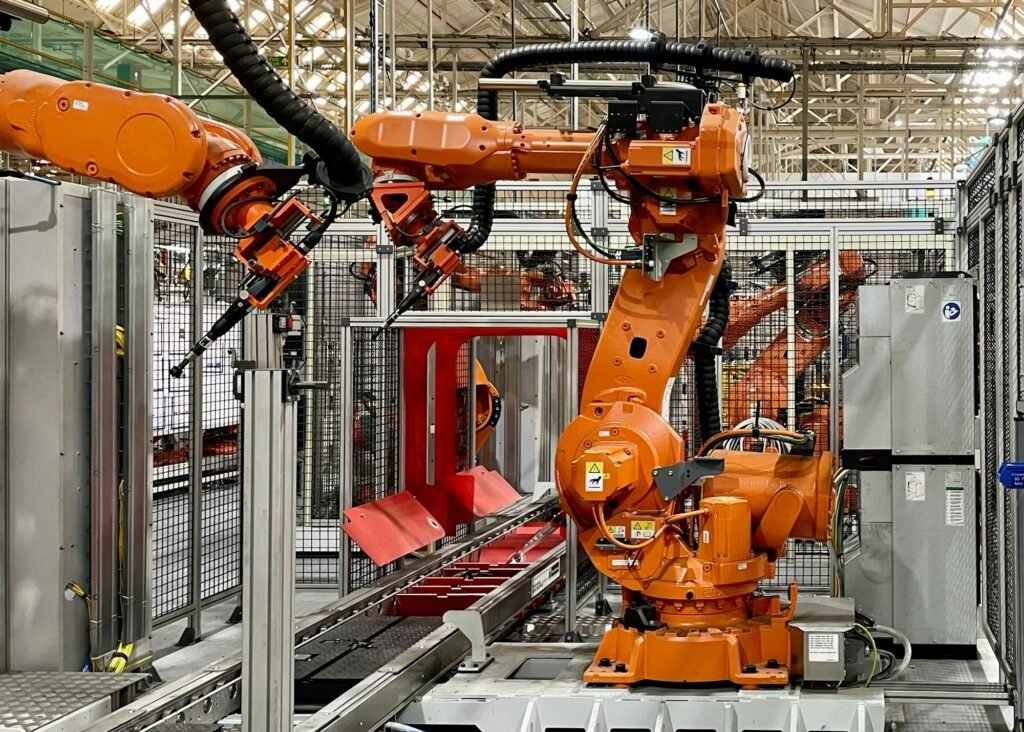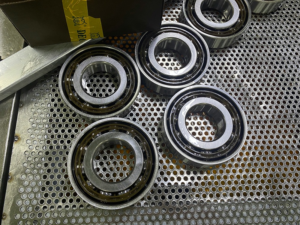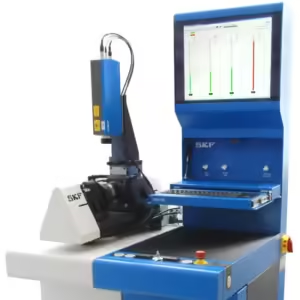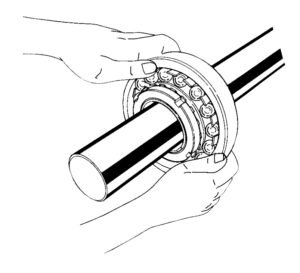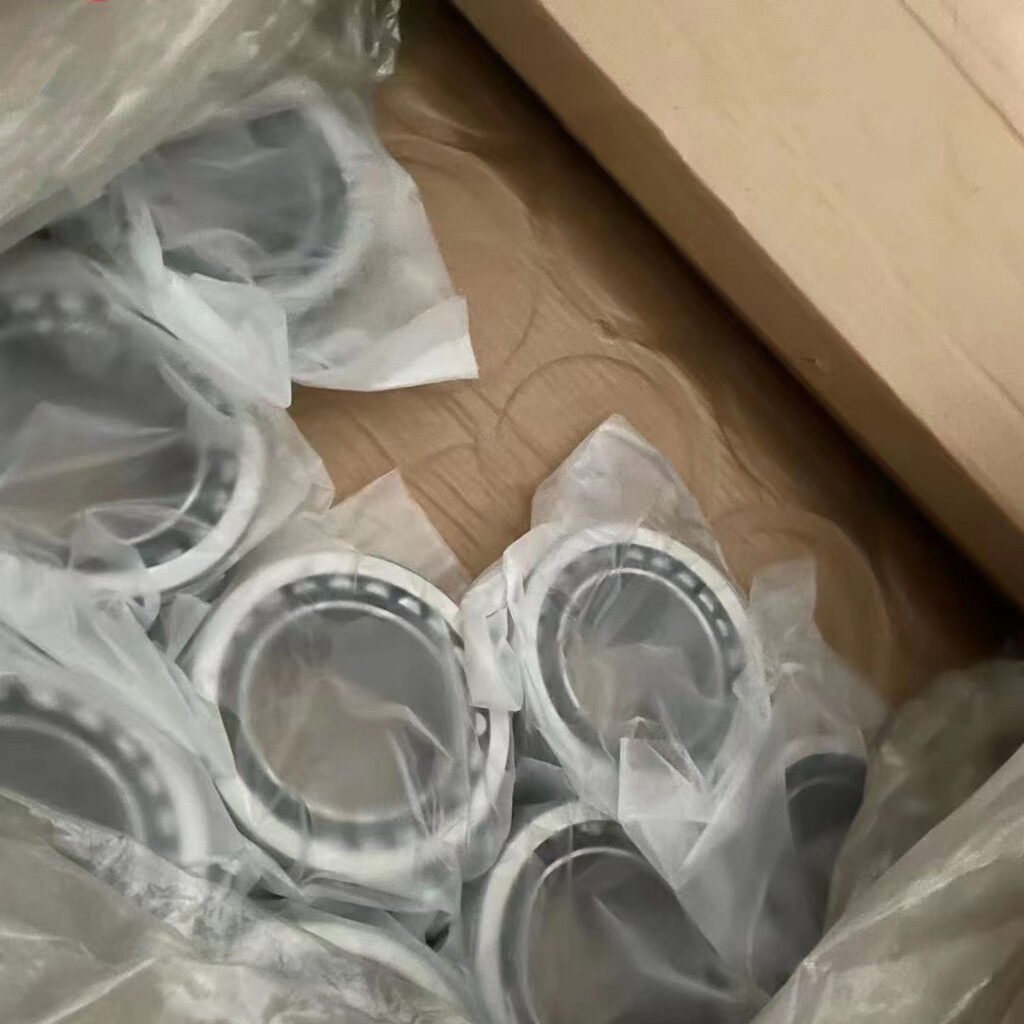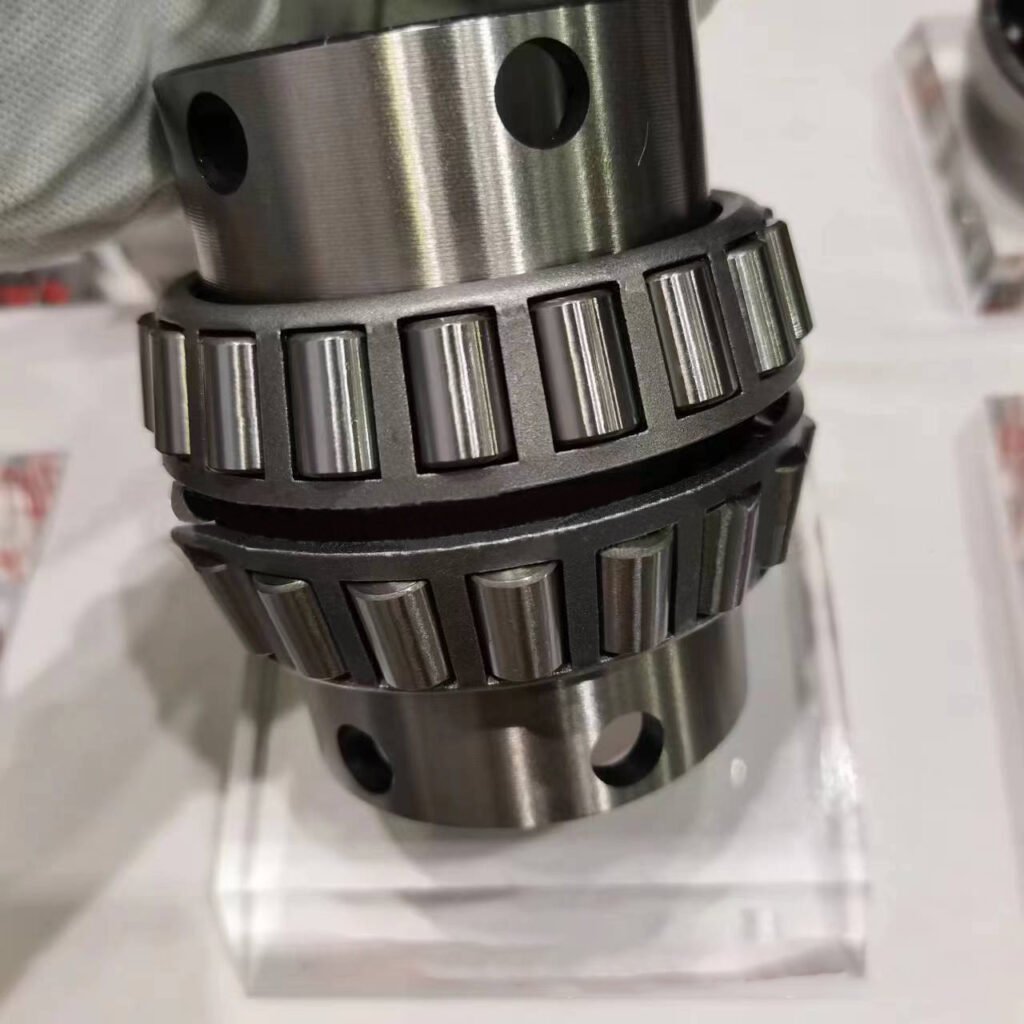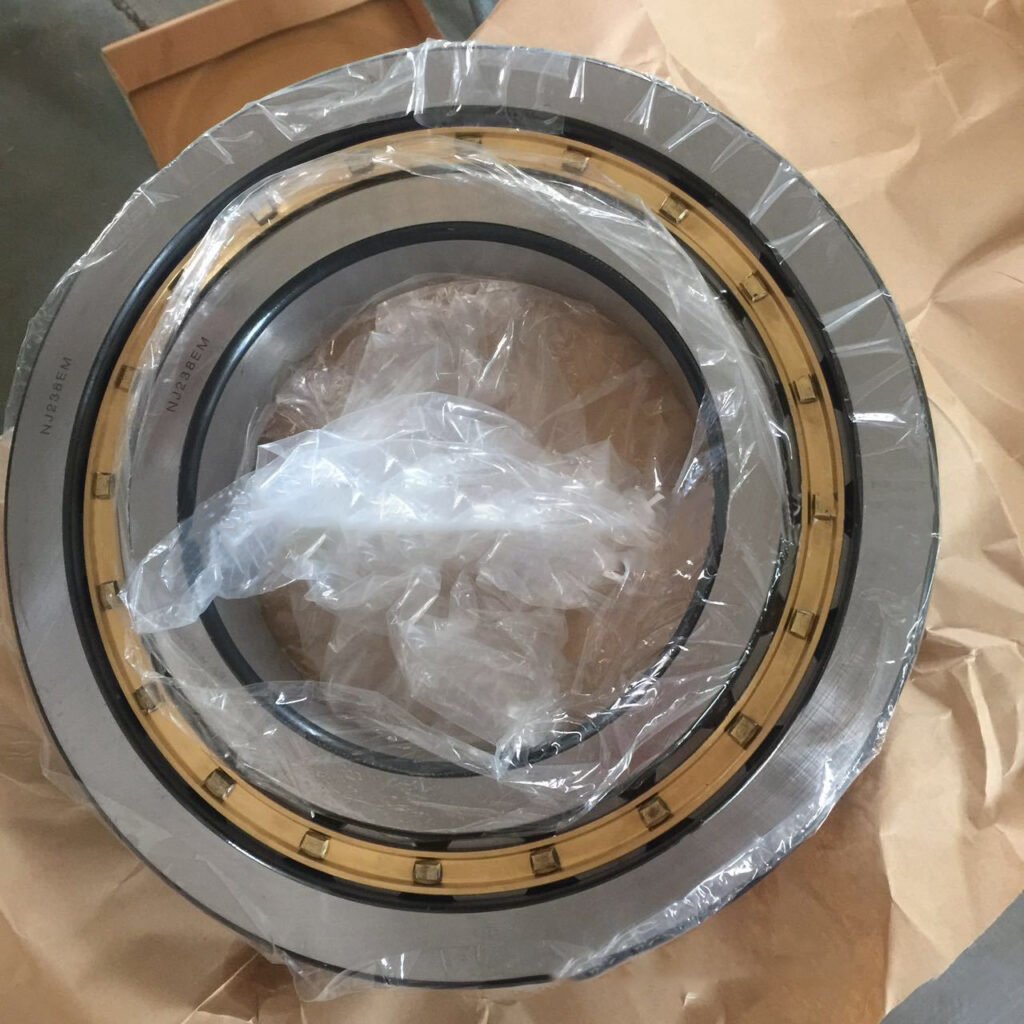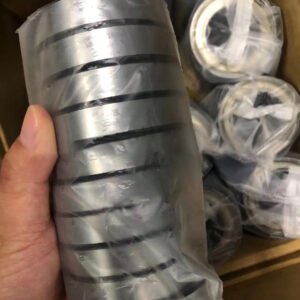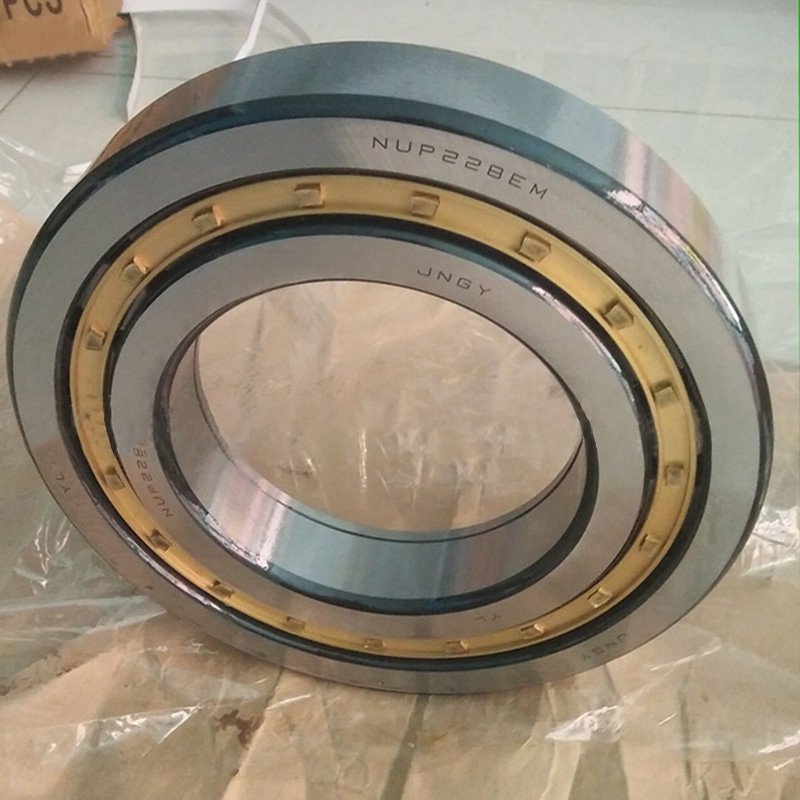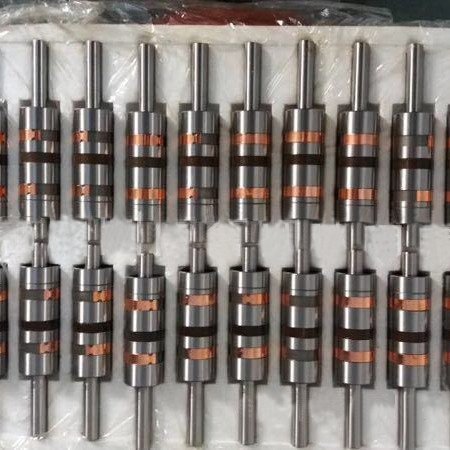What Are Sliding Bearings?
Sliding bearings, also known as plain bearings, are mechanical components that allow relative motion between two parts, reducing friction and wear. Unlike rolling bearings, which use balls or rollers to facilitate movement, sliding bearings rely on a smooth surface or lubricant to minimize contact between the moving parts. This characteristic makes them ideal for applications where low friction and high reliability are necessary.

Why Sliding Bearings Matter in Humanoid Robots
Humanoid robots are composed of numerous joints and actuators that need to move smoothly and efficiently. The range of motion in a humanoid robot, including in the arms, legs, and torso, often requires precise control of movement, with minimal resistance. Here, sliding bearings play a significant role.
1. Reducing Friction: As humanoid robots perform tasks like walking, lifting, or gesturing, friction between the robot’s joints and actuators must be minimized to ensure smooth motion. Sliding bearings are designed to reduce friction, which helps prevent wear and tear, leading to longer operational life and better performance.
2. Allowing Smooth Movement: In humanoid robots, movement must be fluid and realistic to mimic human motion. Sliding bearings offer a consistent, low-friction interface between moving parts, allowing the robot to perform actions with precision and without jerky or uneven motions.
3. Durability in Harsh Environments: Humanoid robots are often used in diverse environments, from factory floors to service settings, where they may experience significant wear. Sliding bearings, especially those made from high-performance materials like bronze or composite polymers, can withstand these conditions while maintaining their function.
4. Compact and Lightweight Design: One of the key challenges in humanoid robot design is balancing size, weight, and performance. Sliding bearings can be made compact and lightweight while still offering high performance, which is crucial for the efficient operation of the robot’s joints and actuators.
Applications of Sliding Bearings in Humanoid Robots
1. Robotic Arms: In humanoid robots, robotic arms are critical for performing a wide range of tasks, from simple gestures to complex manipulation. Sliding bearings are commonly used in the joints of robotic arms to ensure smooth, coordinated movements.
2. Leg Joints for Walking: Walking is one of the most challenging tasks for humanoid robots. Sliding bearings are used in the knee, hip, and ankle joints to reduce friction, making the robot’s walking motion more fluid and natural.
3. Head and Neck Movements: Just like humans, humanoid robots need the ability to turn their heads and tilt their necks. Sliding bearings in the head and neck joints provide the necessary support for smooth, precise movements.
4. Gripper Mechanisms: Many humanoid robots are designed to handle objects or tools. Sliding bearings in the gripper mechanisms allow for efficient, controlled movements, enhancing the robot’s dexterity.
Conclusion
Sliding bearings are a vital component in the development of humanoid robots, enabling them to perform smooth, precise, and durable movements. As robots continue to play a larger role in both industrial and everyday settings, the role of sliding bearings will become increasingly important. By improving the design and materials used in sliding bearings, engineers can further enhance the capabilities and longevity of humanoid robots, bringing us closer to a future where robots seamlessly integrate into human environments.

